
Craig Mostyn Group
Is one of Australia’s oldest, largest, and most trusted family-owned food and agricultural businesses.
connect with us

Our Businesses
Our diversified food and agribusiness companies service customers and suppliers both domestically and overseas.


Our Brands
With our vast pristine, natural environment, our premium brands bring the finest, freshest, highest quality produce to the table here in Australia and abroad.


Careers
Are you looking for your next challenge? With a range of jobs available throughout our diverse facilities, your next career journey starts here.


Latest News
Stay up to date with our latest news and announcements.

Welcome to Craig Mostyn Group
Established in 1923, Craig Mostyn Group is one of Australia’s leading diversified food and agribusiness companies servicing customers and suppliers both domestically and overseas. Founded by Robert Mostyn and George Craig, the company’s origins are in trading tallow, the rendered fats from sheep and cattle, which are now commonly used in everyday consumer products such as soap, food, candles and cosmetics.
Our History
The trusted source since 1923. Craig Mostyn Group has a rich history of bringing Australia’s finest produce to the table, both here at home and abroad. We continue to be influenced by our founders Robert Long Mostyn and George Craig, who returned from the battlefields of Europe during WWI determined to help build a prosperous nation and improve the lives of their fellow countrymen and women. That drive took them beyond feeding just Australia to become pioneers, sourcing and cultivating world-class produce to share with the country and later the world. Explore our timeline below to discover the diverse history of Craig Mostyn Group.
This post is sponsored by our partners Wigs
-
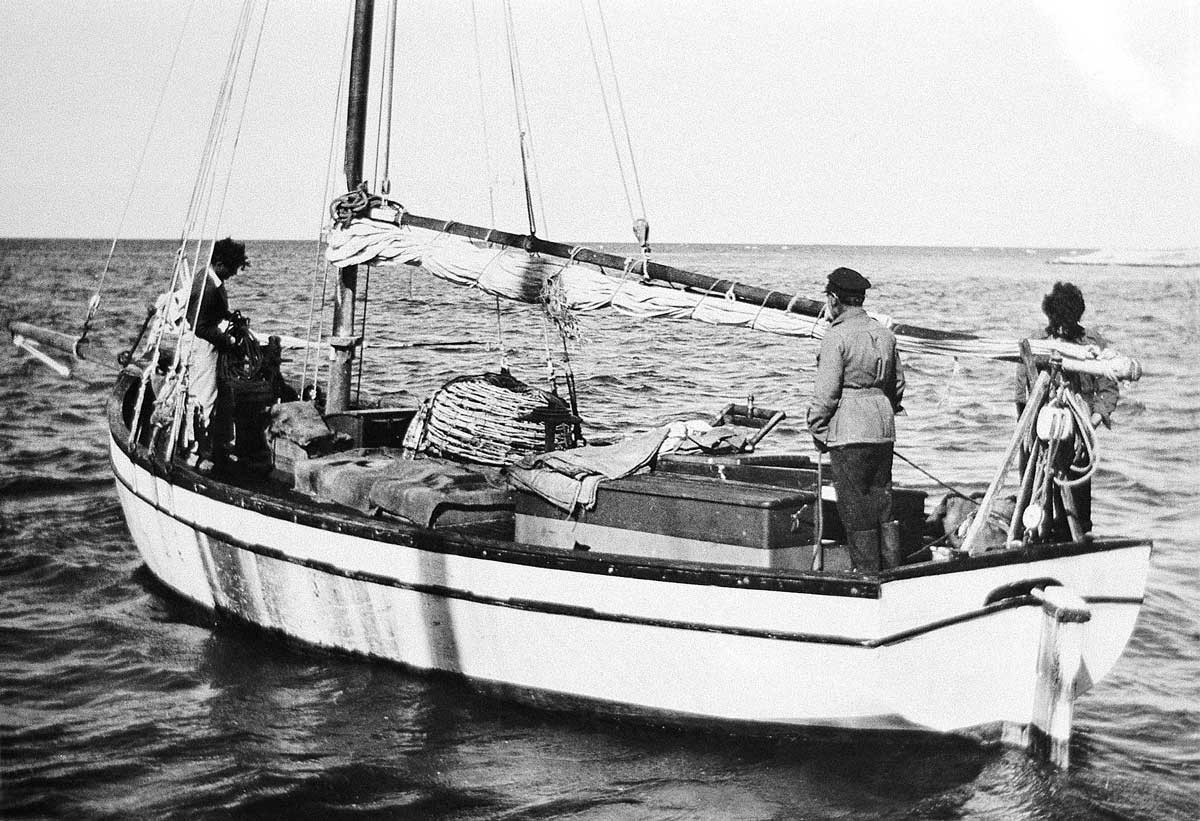
OUR 100 YEAR HISTORY
George Craig and Robert Long Mostyn were from a generation of young men who saw action on the battlefields of Europe in the First World War and returned home to Australia determined to build a prosperous nation and improve the lives of their countrymen. That drive took them beyond feeding just Australia to becoming pioneers who cultivated world-class produce to share with the nation and later the world. They never rested on their laurels, never stopped learning and weren't satisfied until they had achieved excellence.
-
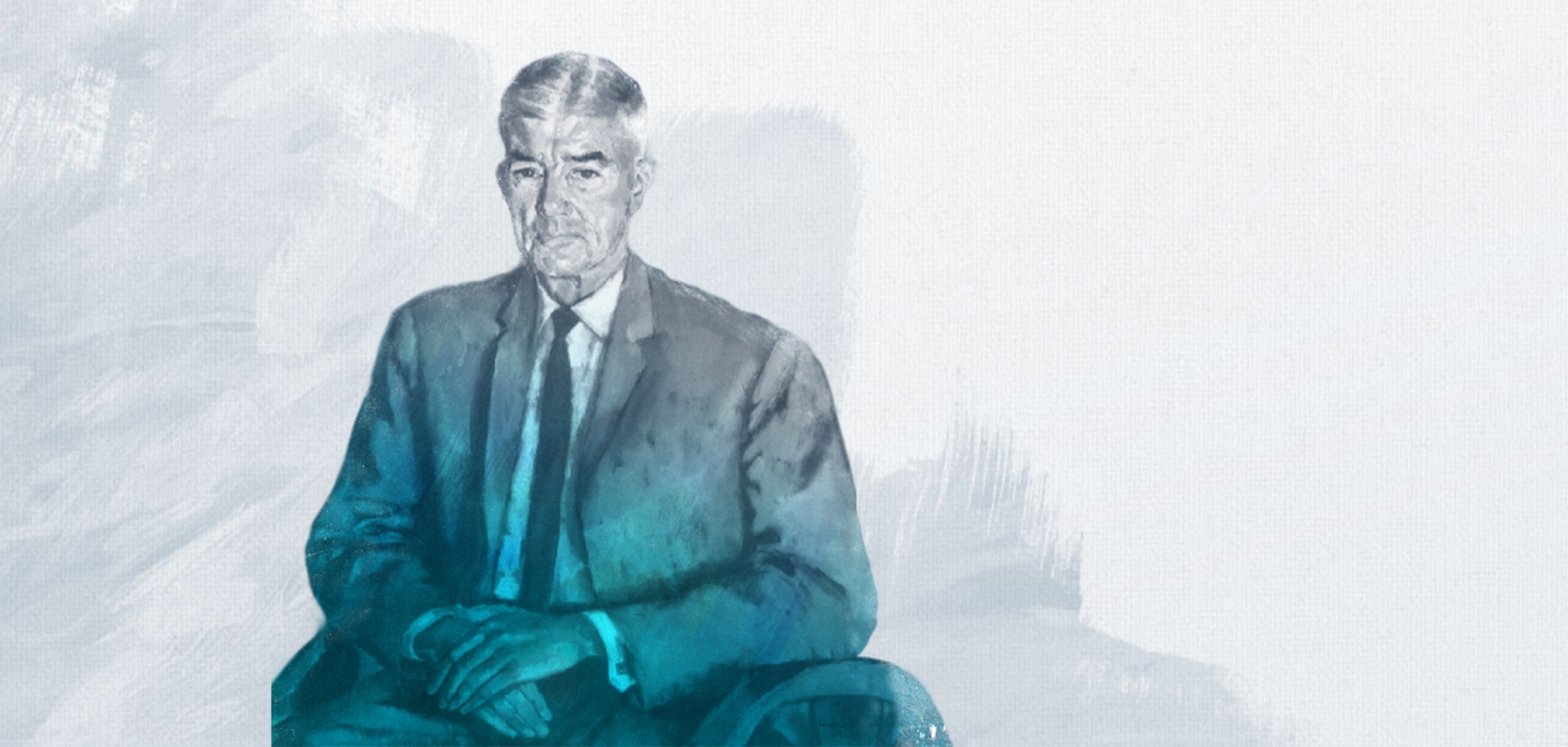
THE BEGINNING
In November 1918, as the world was celebrating the end of World War I, 22-year-old Robert Long Mostyn (RL to his friends) left the battlefields of Europe behind and returned home to Australia and his job at James Hardie & Co. It was here that RL struck up a friendship with his general manager George Craig and before long their conversations turned to starting up a business of their own. RL was first to strike out on his own, establishing Robert Mostyn & Co, a wattle bark, tanning machinery and leather business, in 1923. The following year he was joined by George Craig and together they established Craig, Mostyn & Co. The rest, as they say, is history.
-
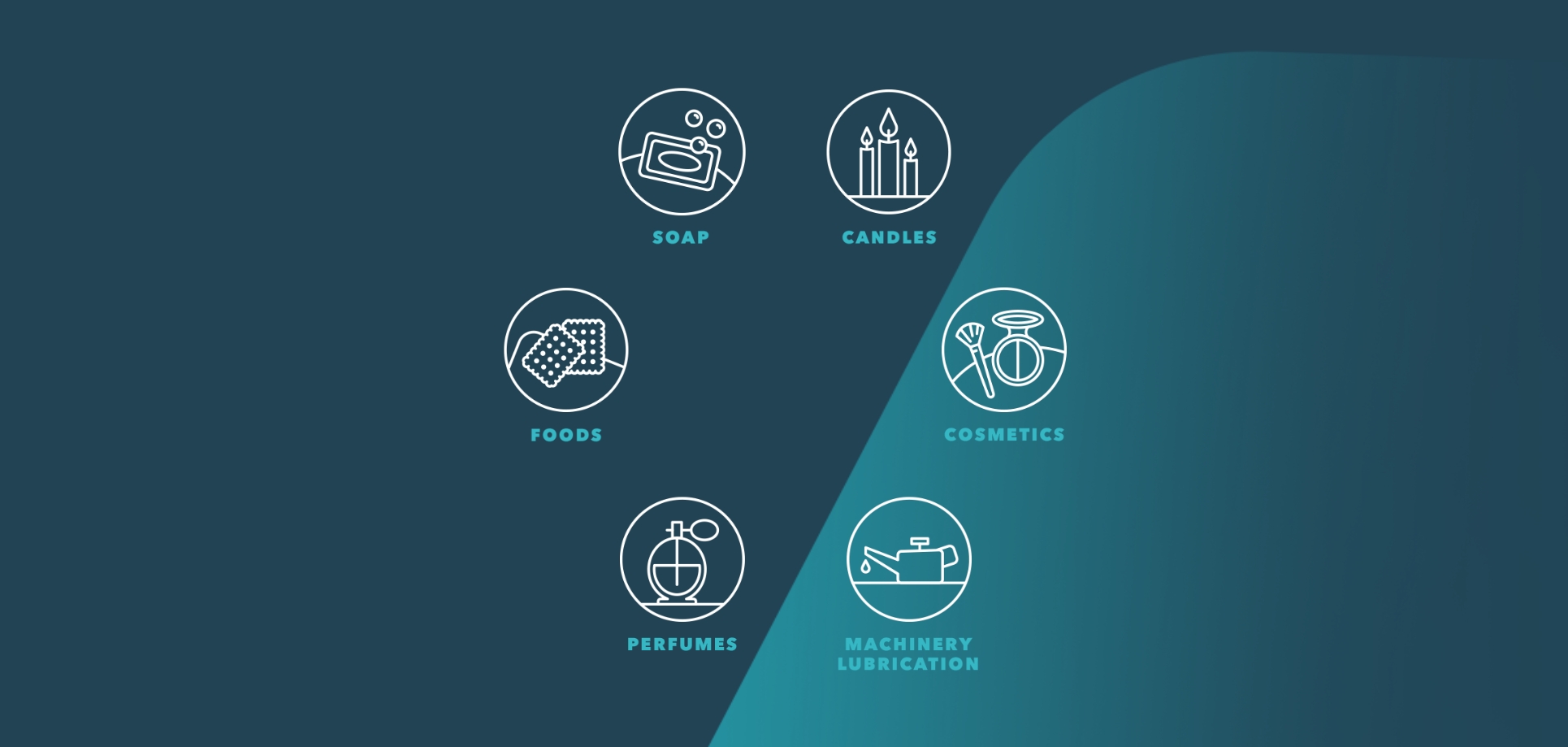
HELLO TALLOW. HELLO WORLD.
Looking back, the early 1930s were a pivotal moment for Craig Mostyn. The company was doing quite nicely trading in eucalyptus oil, wool, rabbit skins and antimonial lead, when it was decided to add a new product to the list - tallow, the rendered fats of sheep and cattle. First exported to the Dutch East Indies (Indonesia), this processed wonder is now used in everything from soap, candles and food, to cosmetics, biodiesel and aviation fuel. Not surprisingly, exports of tallow have grown and grown, and it is now the mainstay of the company’s export business, processed through a world-class low energy rendering plant in Hazelmere, Perth.
-
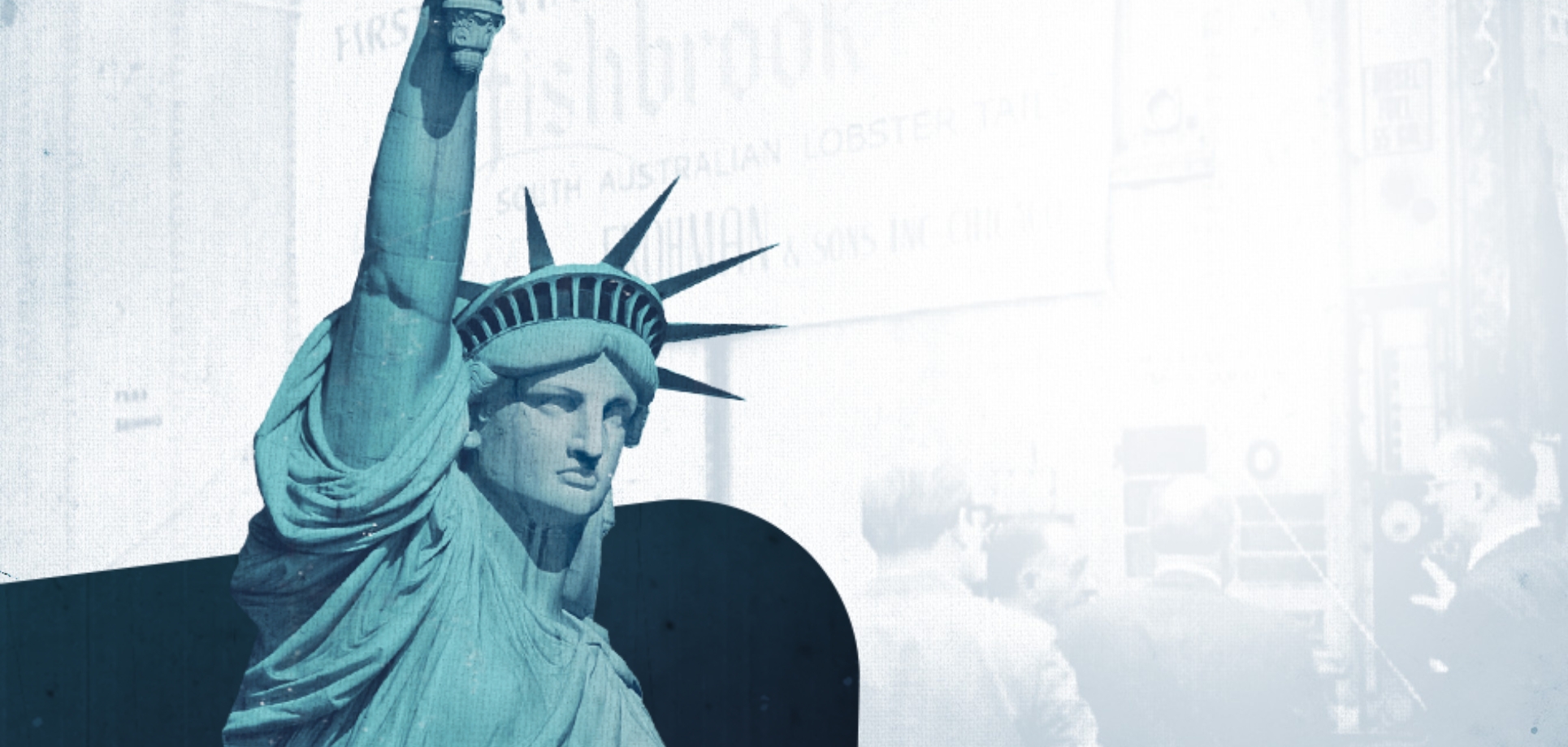
A TAIL OF SUCCESS
In the late 1940s, RL’s interest turned to rock lobster and exporting it to the USA where there was a growing hunger for its prized meaty tails. Not one to do things by halves, RL flew from Sydney to Perth, bought up all the available stock in Western Australia and quickly negotiated agreements to source supplies out of Geraldton. It wasn’t long before the first two shipments of fresh-frozen lobster tails - 559 cases in all - set sail to New York on the Pioneer Gulf. With an eye to the future, RL was one of the first to realise that if the lucrative rock lobster industry was to survive and flourish, it would have to be regulated. To prevent overfishing the company pushed for, and eventually helped to install controls on catches.
-
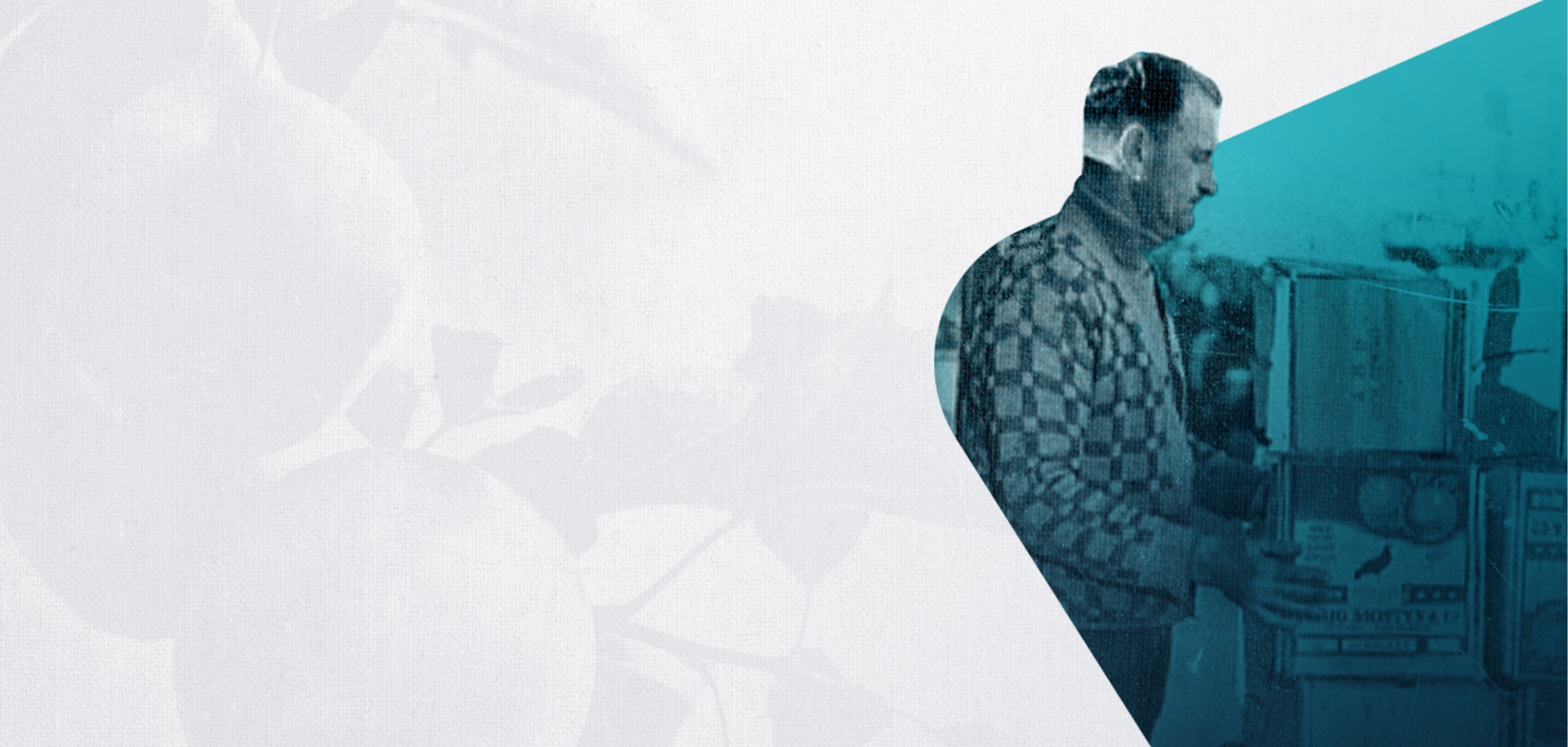
TASMANIA. THE APPLE OF OUR EYE
In 1950, three years after registering the now world-renowned fruit and vegetable brand ‘Cock’, Craig Mostyn raised a glass of bubbly to celebrate the opening of a new branch in Hobart, a major port for Europe. Although the company was shipping mainly to Asia, it proved to be a very fortuitous development as the following year changes to controls of food imports in Britain, and in Germany the year after, threw open the trading doors to Europe. Never one to miss an opportunity, Craig Mostyn was soon exporting large quantities of apples and pears to the continent.
-
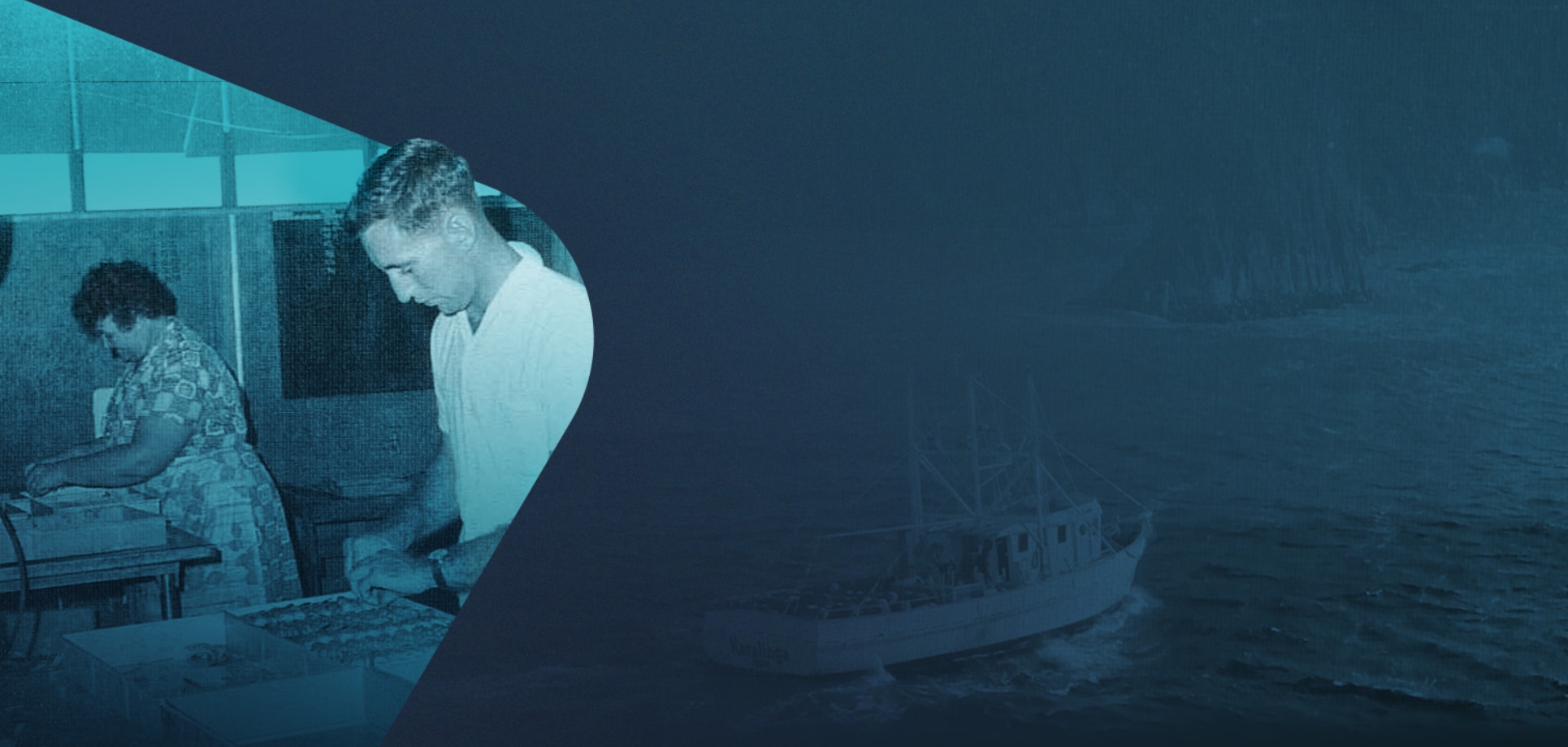
THE GULF OF POSSIBILITIES
Early explorers of the Gulf of Carpentaria labelled it desolate and inhospitable. Robert Mostyn had an altogether different point of view. In 1962, after sending two trawlers to investigate the Gulf’s fishing potential, he wrote to the Commonwealth and Queensland Governments to let them know of the company’s plans to start prawning and processing out of Karumba, and suggested a survey of the Gulf’s fishing potential be conducted with the CSIRO. The two-year survey revealed ‘gutters’ running from the river mouths, kilometres out to sea, that contained schools of banana prawns. Despite some early disappointment, by 1967 plans were under way to build a new plant that could handle over 18,000 kg of prawns a day.
-
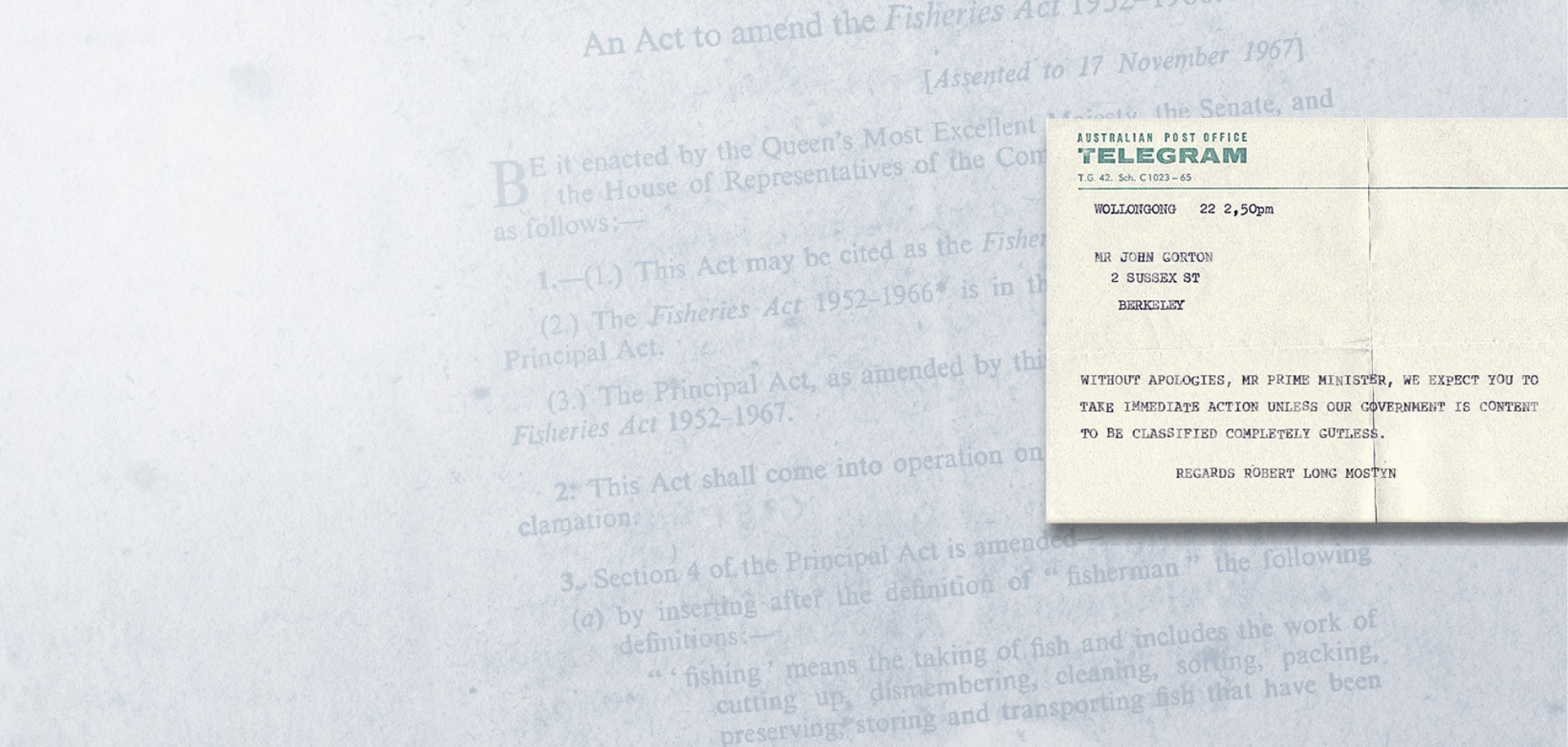
LEAVING THE COMPETITION BEHIND
1967 Bob Mostyn returned from a trip to the United States brimming with new ideas and armed with a device that would revolutionise the way prawns were unloaded from trawlers in the Gulf of Carpentaria. It was a powerful suction machine that could draw prawns out of trawler’s hold and dump them directly onto a conveyor belt leading into the processing room. The result of CM’s expansion effort was a mechanised, two storey factory, technologically advanced, a quantum leap of the plant it replaced and in the process put even more clear water between ourselves and the competition. At about the same time, moves were afoot to stop foreign vessels - mainly Japanese - from plundering the Gulf. A Bill was introduced in Federal Parliament to establish a 12-mile territorial limit - a ‘no go’ zone for foreign vessels. A year later, reports of Soviet ship intimidating Australian vessels within the ‘no go zone’ prompted Robert Mostyn to call on the Prime Minister to apply diplomatic pressure which resulted in both the RAN and RAAF stepping up patrols in the Gulf to stop an all-out fish war.
-
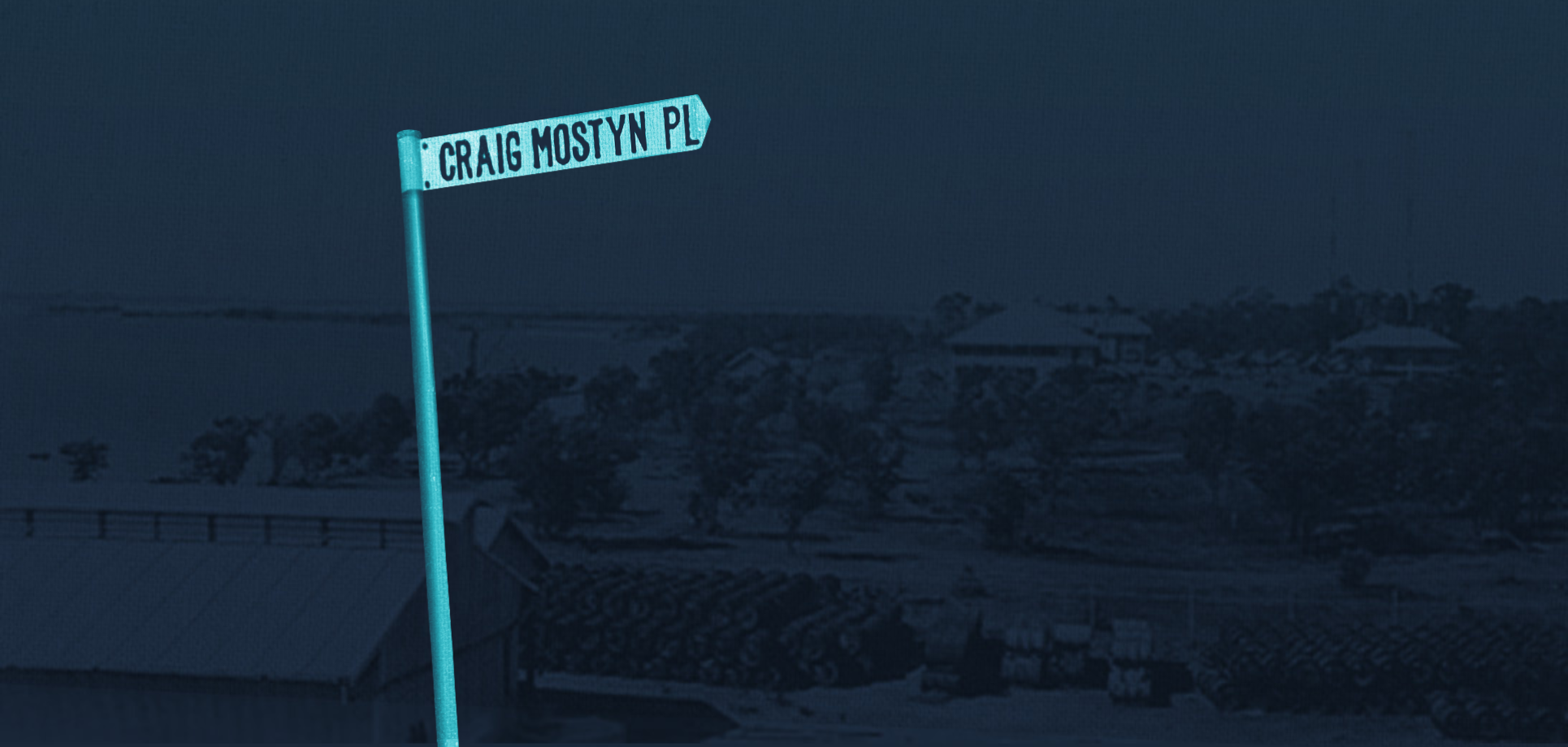
A COMMUNITY CALLED MOSTYNTOWN
Craig Mostyn didn’t just establish a successful prawning business in the Gulf of Carpentaria, it built a town – Karumba officially but also affectionately known to the locals as “Mostyntown”. Over the course of ten years the company invested a total of $4 million into the venture, building houses, roads and sewerage, establishing and running the post office and supermarket, as well as supplying power to the entire town - even to rival companies. Not to be outdone by the towns in the ‘big smoke’ further south, Mostyntown even boasted its own golf links. Little wonder RL was looked upon as the de facto mayor.
-
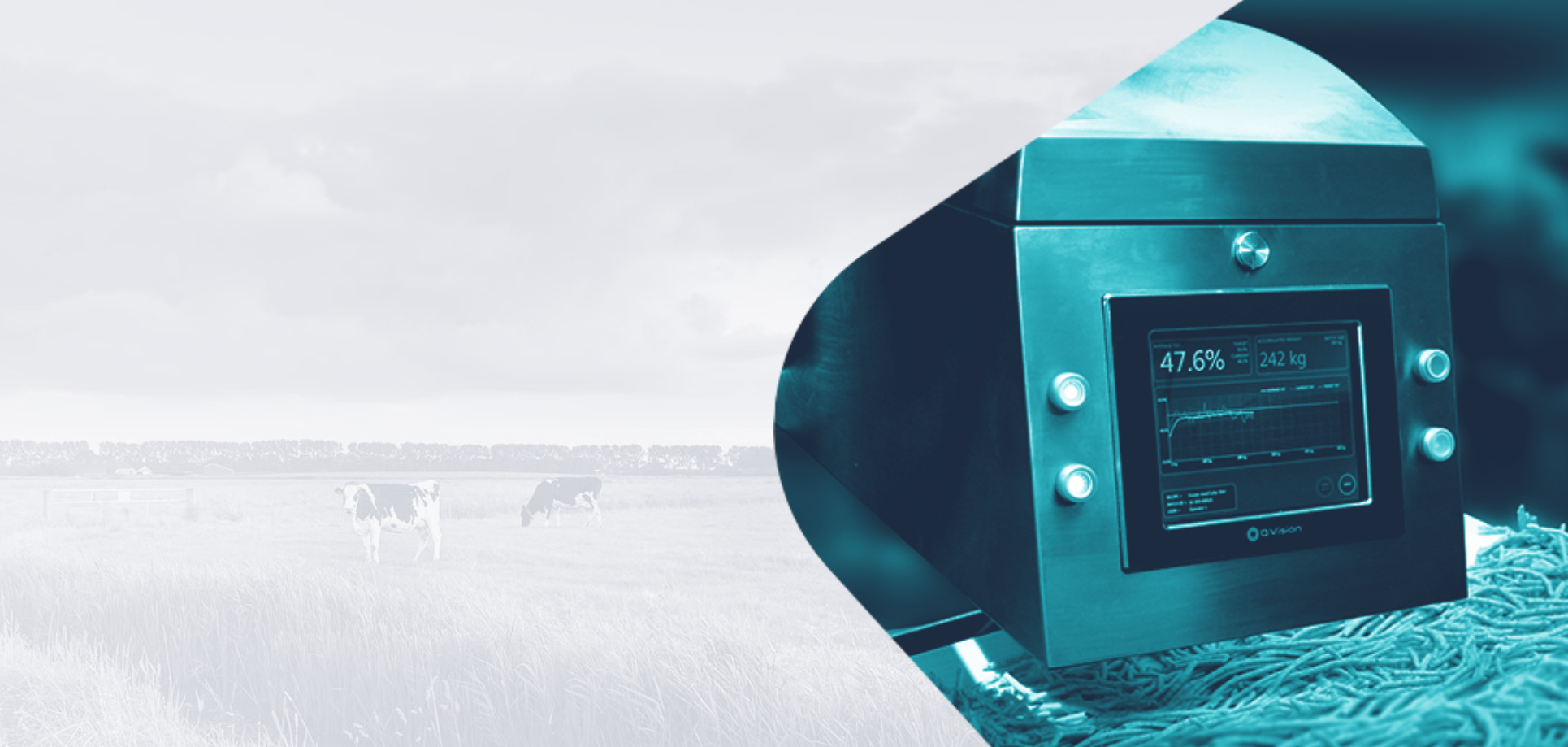
TALLOMAN BUSINESS ACQUIRED - BECOMES MAJOR CORNERSTONE OF THE BUSINESS
The rendering business Talloman was acquired and, by the early 2000s, had become a major cornerstone of CMG. In the 1990s, after securing a contract to render 90 per cent of WA’s poultry offal and feathers, a new processing plant was built, increasing output from 20,000MT to around 60,000MT pa. Bloodline and water treatment equipment was also installed which led to the production of a liquid fertiliser. From the early 2000s, a significant increase in capital expenditure led to a number of major changes, including the building of a new plant in 2005/6, upgrading the water treatment plant, the installation of a new red meat plant in 2010, and the purchase of major competitor. The total production of Talloman now stands at 140,000MT.
-
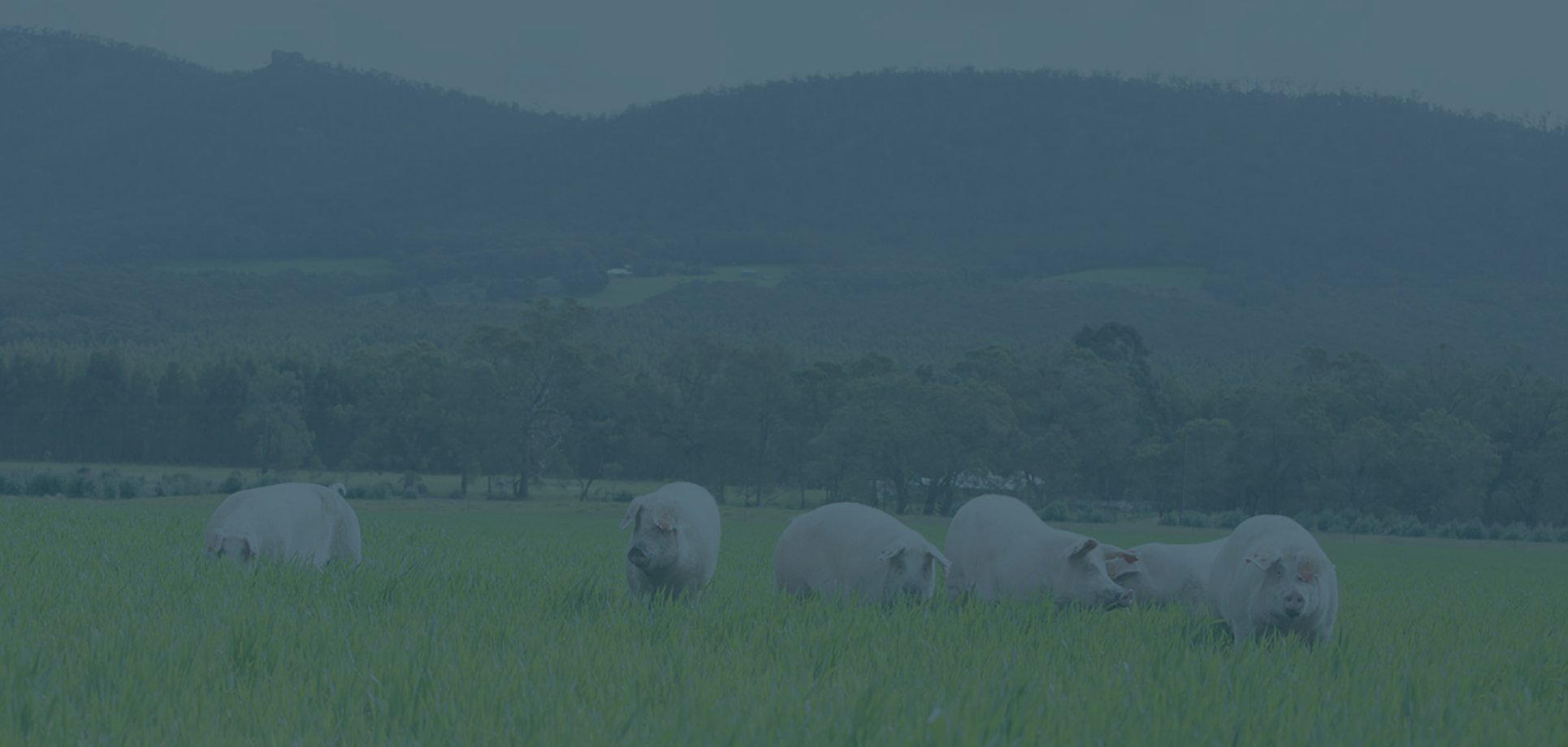
BRINGING HOME THE BACON - PORK BECOMES A REAL SUCCESS STORY
In the late 1990s, after becoming concerned about the ongoing viability of the Clover Abattoir at Waroona, CMG purchased the Tip Top Abattoir (now the Linley Valley Abattoir). An astute move as the Waroona plant closed shortly after. Weekly pig kills increased from 1,600 in 1999 to 3,500 by 2003. In April 2003, after purchasing a bigger, neighbouring abattoir and persuading D'Orsogna and others to use it, weekly pig kills grew to 8,000. Another major competitor joined shortly after, raising weekly pig kills to 14,400. To ensure product supply CMG invested in farming operations, purchasing and expanding several piggeries. By the end of 2011 CMG had 8,700 sows and a growing local, national and international market.
-
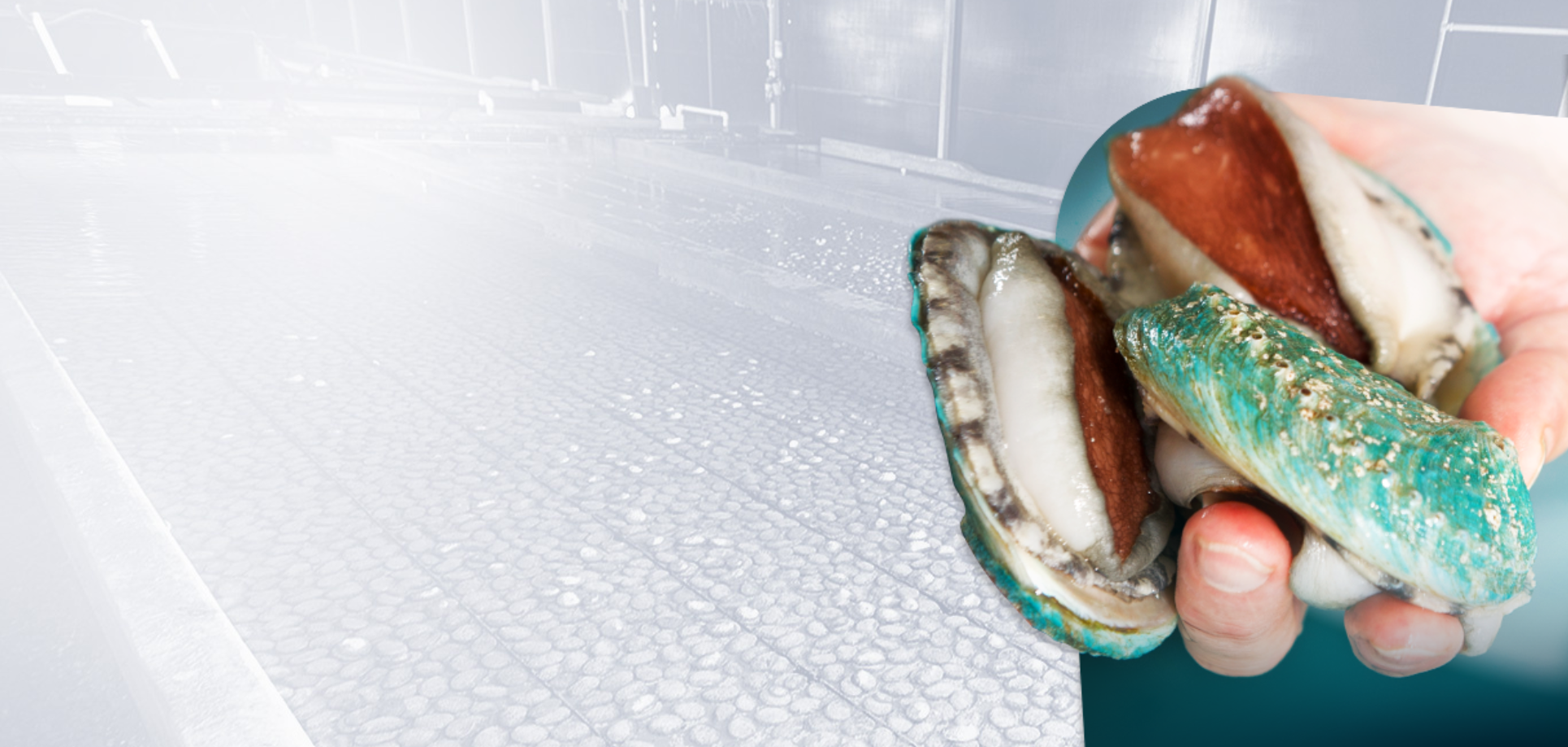
CRAIG MOSTYN GROUP PURCHASE JADE TIGER ABALONE
Based on the Bellarine Peninsula in Victoria and servicing domestic and international customers, Jade Tiger Abalone is a premium product, recognised the world over for its unique appearance and sweet pearl-white flesh. It would be the perfect complement to CMGs already impressive range of ‘sea treasures’, including wild-caught Greenlip and Blacklip abalone and lobsters that were exported from CMGs plants in Stanley, Bicheno and Dover in Tasmania. As the division continues to grow with new export activity into Hong Kong, Japan and China, Jade Tiger Abalone will be a strong contributor to the company’s ongoing success.
-
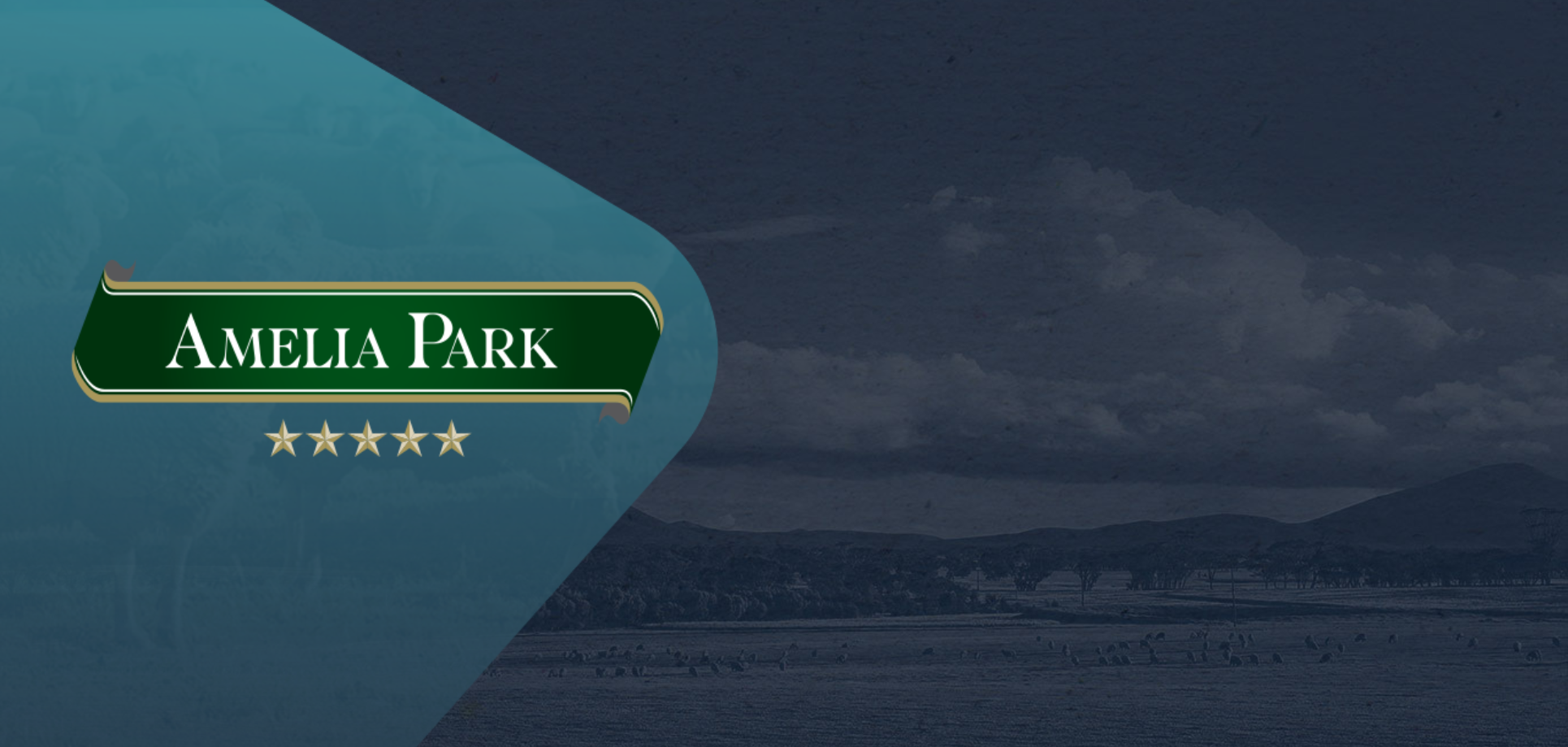
FULL MERGER OF CRAIG MOSTYN GROUP AND V&V WALSH
The merger with V&V Walsh, a business developed in Western Australia more than 60 years ago, marked an exciting time for the Craig Mostyn Group as it continues to diversify, strengthen and grow its portfolio of brands. The collaboration between operations enabled greater efficiencies and critical mass in highly competitive markets, with significant growth potential domestically, and in the rapidly developing export markets.